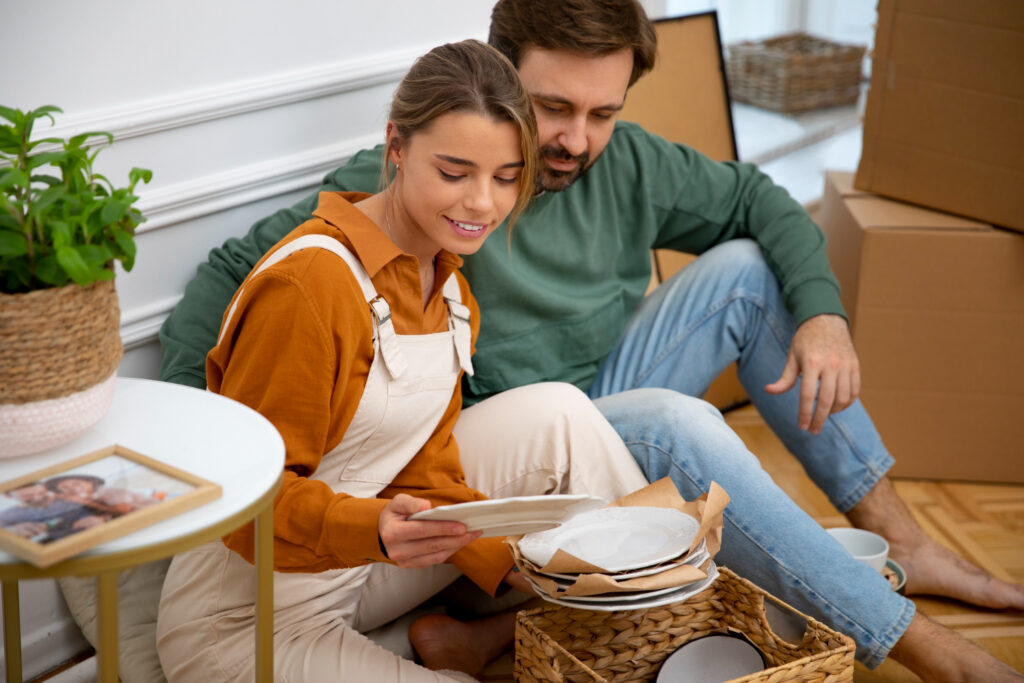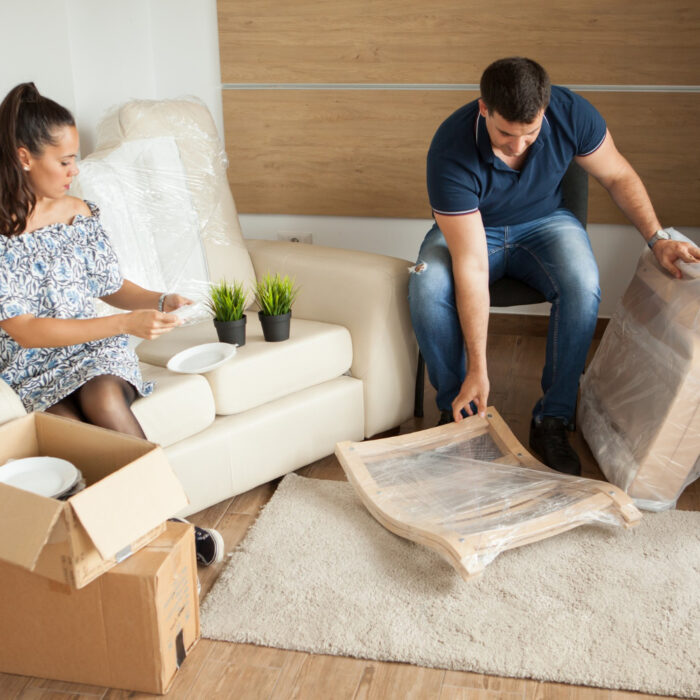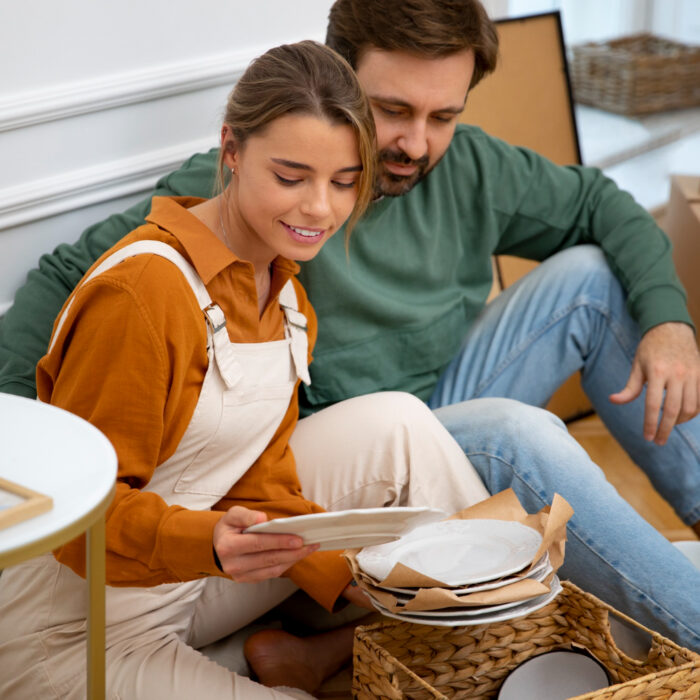Moving your kitchen items requires careful planning and the right techniques to prevent damage. This guide will walk you through the step-by-step process of packing your dishes safely for transport. You’ll learn how to gather the right supplies, organize your items, and use proper wrapping methods. Excellent movers know that protecting fragile kitchenware starts with good packing practices. These simple steps will help keep your dishes safe during your move.
Gather Packing Supplies
Start by collecting all the materials you’ll need for packing dishes safely. Get sturdy cardboard boxes in different sizes – make sure they’re clean and dry. You’ll need packing paper or bubble wrap to wrap each item and prevent breaks. Buy strong packing tape to close boxes securely so they won’t open during transport. Keep a marker ready to label boxes clearly, marking which ones have fragile items. For extra protection, get dividers or cardboard separators to keep dishes apart inside boxes. Clean dish towels or packing peanuts also work well for adding cushioning around delicate pieces.
Sort and Declutter Dishes
Before packing anything, sort through all your dishes first. Put similar items together – plates with plates, bowls with bowls, and glasses with glasses—separate fragile items like china or crystal into their own group. Throw away any dishes that are chipped, cracked, or broken. Consider giving away or selling dishes you no longer use or that don’t match your style. Cleaning out unnecessary items before packing makes the job easier and faster. Having fewer dishes to pack also means less work when you unpack in your new home.
Use Cushioning Materials
Protect your dishes with plenty of cushioning materials during the move. Bubble wrap, packing paper, foam sheets, or clean dish towels all work well for padding. Put a thick layer of cushioning at the bottom of each box first. Wrap every single dish completely with your chosen material. Place heavier items at the bottom of boxes and lighter ones on top. Fill empty spaces with extra padding to prevent movement during transport. Good cushioning absorbs bumps and shocks that happen during moving, keeping your dishes safe from damage.
Stack and Wrap Plates
Pack plates the right way to prevent chips and breaks. Start with cushioning material at the bottom of your box. Put the biggest plates on the bottom and stack smaller ones on top. Place packing paper or bubble wrap between each plate to prevent them from touching. When your stack is complete, wrap the whole group with more cushioning material before closing the box. This method stops plates from sliding around and hitting each other during movement. Good stacking and wrapping keep your plates safe until you reach your new home.
Pack Glasses and Cups
Handle glasses and cups with extra care since they break easily. Choose strong boxes that can hold the weight without breaking. Stuff crumpled packing paper inside each glass for support from the inside. Wrap each glass or cup separately with several layers of packing paper, paying special attention to handles and rims. Use tape to hold the paper in place. Pack glasses tightly in the box so they can’t shift around. Fill any empty spots with more packing paper. This careful packing method protects your glassware from damage during the move.
Label and Seal Boxes
Finish by labeling and sealing all boxes properly for safe transport. Write clearly on the top and sides of each box using a permanent marker. Include specific details like “fragile dishes” or “kitchen glasses” so movers know to handle them carefully. Seal every box completely with high-quality packing tape. Cover all openings and seams, and add extra tape to the bottom for strength. Good labeling helps movers treat your boxes with care, and strong sealing prevents accidents during transport. These final steps make unpacking much easier in your new home.
Related Topics:



